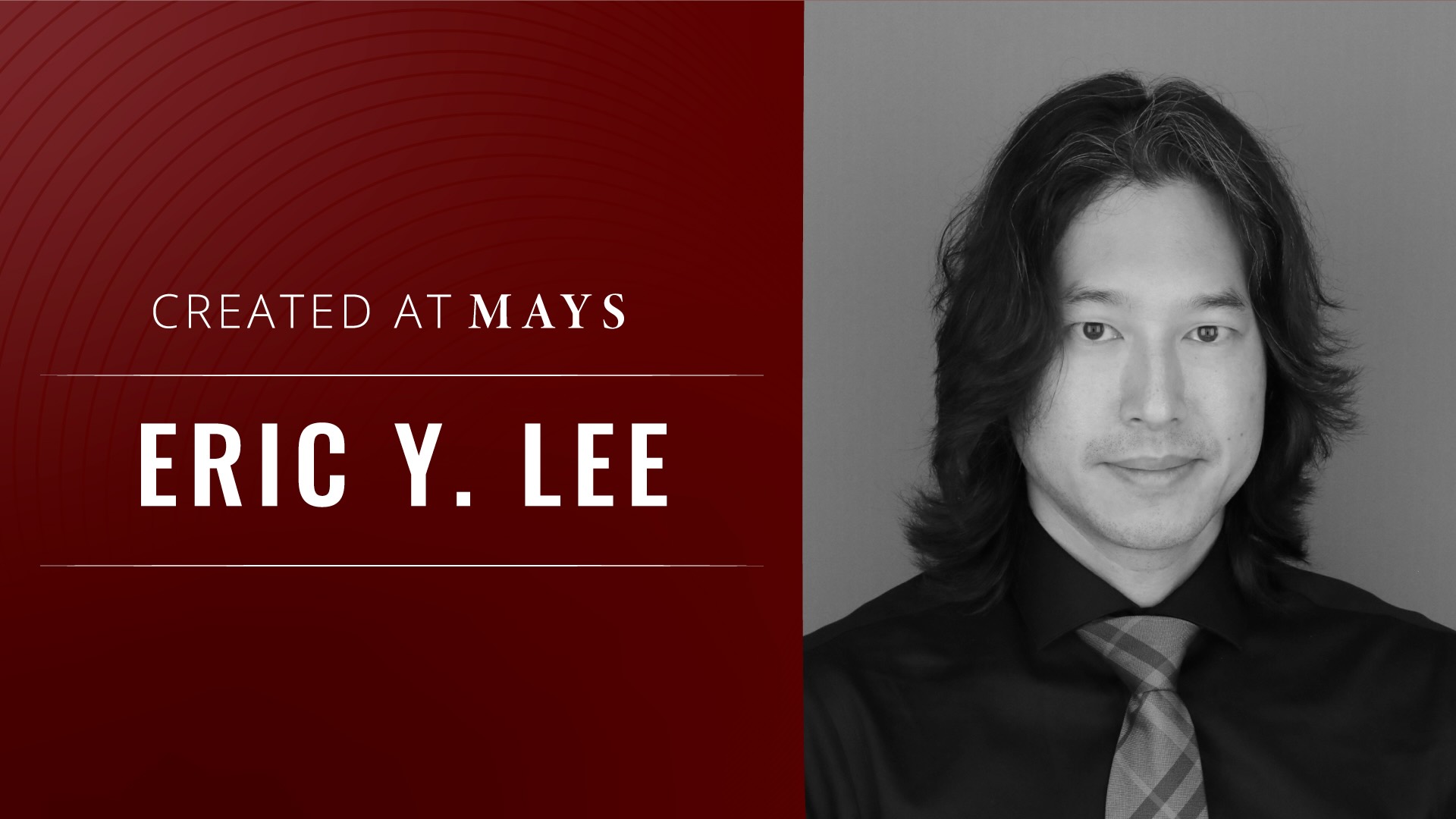Rethinking CEO Succession Planning: A Risky Investment
April 23, 2025
|
Eric Y. Lee
CEO succession planning is often considered a hallmark of good governance — a proactive way for boards to ensure stability and continuity at the top. A study published in Organization Science by Eric Y. Lee, assistant professor at Texas A&M University’s Mays Business School, along with Donald C. Hambrick (Penn State University), challenges the conventional wisdom that CEO succession planning is always beneficial. Their research suggests how succession planning represents a risky investment with significant costs and uncertain outcomes, offering a more nuanced understanding of why some boards hesitate to engage in this practice.
The Hidden Costs
Succession planning demands substantial resources beyond just identifying potential CEO candidates. The study identifies three major cost categories that boards often underestimate. Preparing successors diverts critical attention from strategic priorities, consuming valuable time from both the CEO and board members who must oversee the development process. The planning can create significant tension between the CEO and board, particularly when their visions for future leadership differ or when the process threatens the incumbent’s authority.
The identification and development of candidates can also disrupt organizational dynamics, especially among senior executives. When multiple internal candidates compete for the top position, it can create rivalries and uncertainty that affect the entire leadership team’s effectiveness. These disruptions can persist long after the succession decision, affecting both chosen and passed-over executives.
When Good Plans Go Wrong
Even with careful planning and significant investment, succession planning doesn’t guarantee success. The research highlights several common pitfalls that can undermine even well-designed programs. Groomed successors might leave before assuming the CEO role, taking valuable training investments with them to competitor organizations. Those who do take the position might underperform compared to external hires, despite extensive preparation.
Moreover, focusing on internal candidates could lead boards to miss stronger external options, particularly when industry conditions call for fresh perspectives or new skill sets. The study emphasizes that these unfavorable outcomes occur frequently enough to warrant serious consideration in succession planning decisions.
Understanding Contingency Conditions
The success of succession planning depends heavily on multiple layers of contingency conditions. At the individual level, the incumbent CEO’s willingness to share power and develop successors plays a crucial role. Some CEOs may actively resist grooming potential replacements, while others might support the process but struggle to effectively transfer knowledge and authority.
Firm characteristics, including size, culture, and financial health, can influence whether succession planning makes economic sense. Larger organizations might have more resources for development programs but also face greater complexity in preparing successors. The firm’s culture, particularly its approach to internal advancement and competition, can shape how succession planning affects organizational dynamics.
Industry conditions provide another critical layer of contingency. In rapidly changing sectors, internal candidates might lack the fresh perspectives needed to navigate industry transformation. Conversely, stable industries might benefit more from the detailed company knowledge that internal successors possess.
Beyond One-Size-Fits-All
The study challenges the assumption that boards neglecting succession planning are failing their duties. Instead, it suggests some boards make rational decisions based on careful cost-benefit analysis. As the researchers note, “It may not be due to their dereliction… but rather to their assessments that such initiatives do not make economic sense.”
This perspective has significant implications for corporate governance. Rather than treating succession planning as a universal requirement, boards should evaluate whether it makes strategic sense for their specific situation. This involves assessing not just the potential benefits, but also the substantial costs and risks involved.
Practical Implications
The findings suggest concrete changes in how stakeholders should approach succession planning. Governance watchdogs and investors should reconsider how they evaluate board performance regarding succession planning. The absence of formal programs might reflect prudent decision-making rather than negligence.
Boards need to conduct thorough analyses of their specific circumstances before committing to succession planning. This includes evaluating the incumbent CEO’s likely cooperation, assessing organizational readiness for the process, and considering industry conditions that might affect the success of internal development programs.
Research Takeaways
- Investment Perspective: CEO succession planning should be viewed as a potentially risky investment with significant costs and uncertain outcomes, not a universal best practice.
- Multiple Costs: The process incurs substantial opportunity costs, risks organizational disruption, and can strain relationships between key stakeholders.
- Contingency Framework: Success can depend heavily on CEO attributes, firm characteristics, industry dynamics, and broader environmental conditions.




